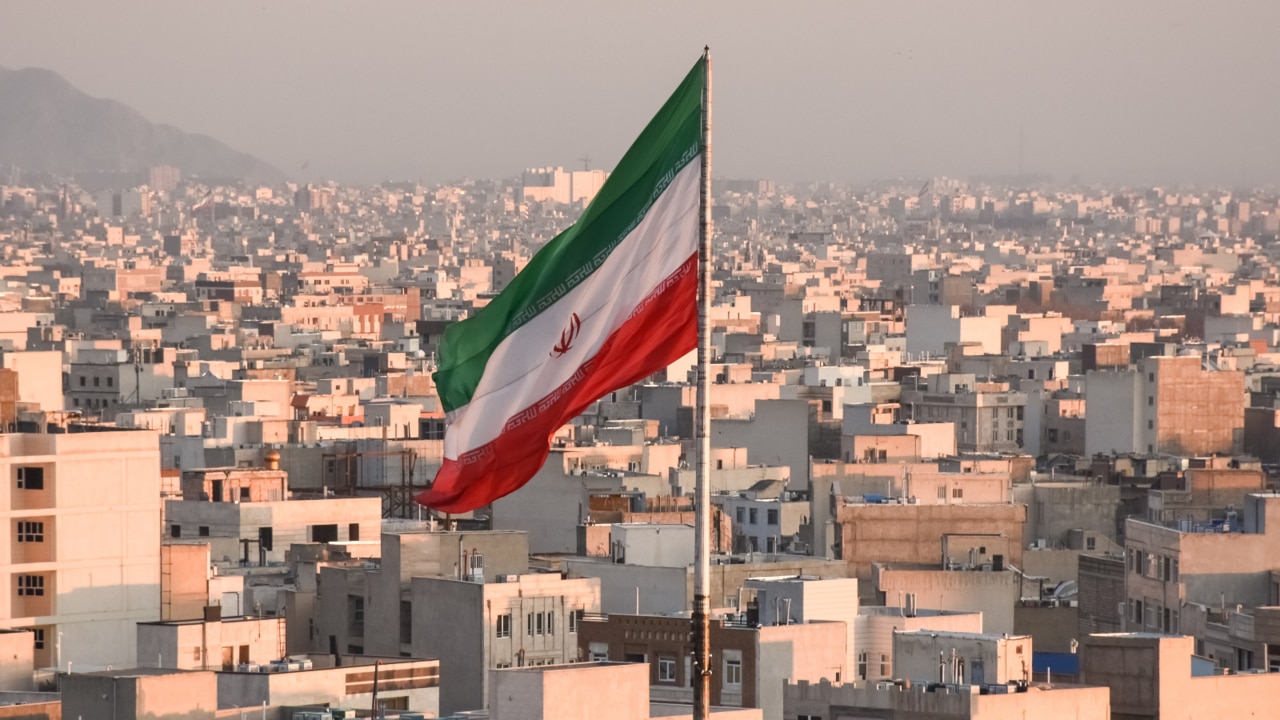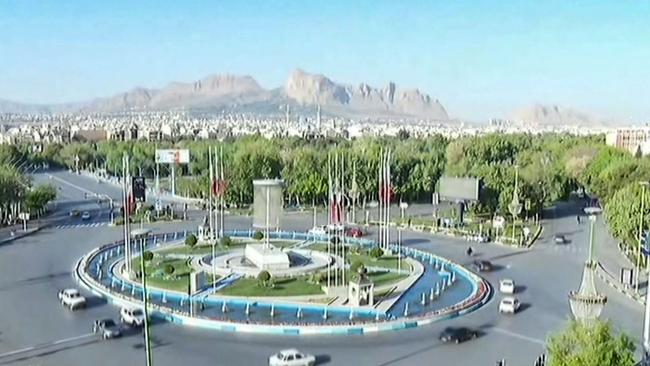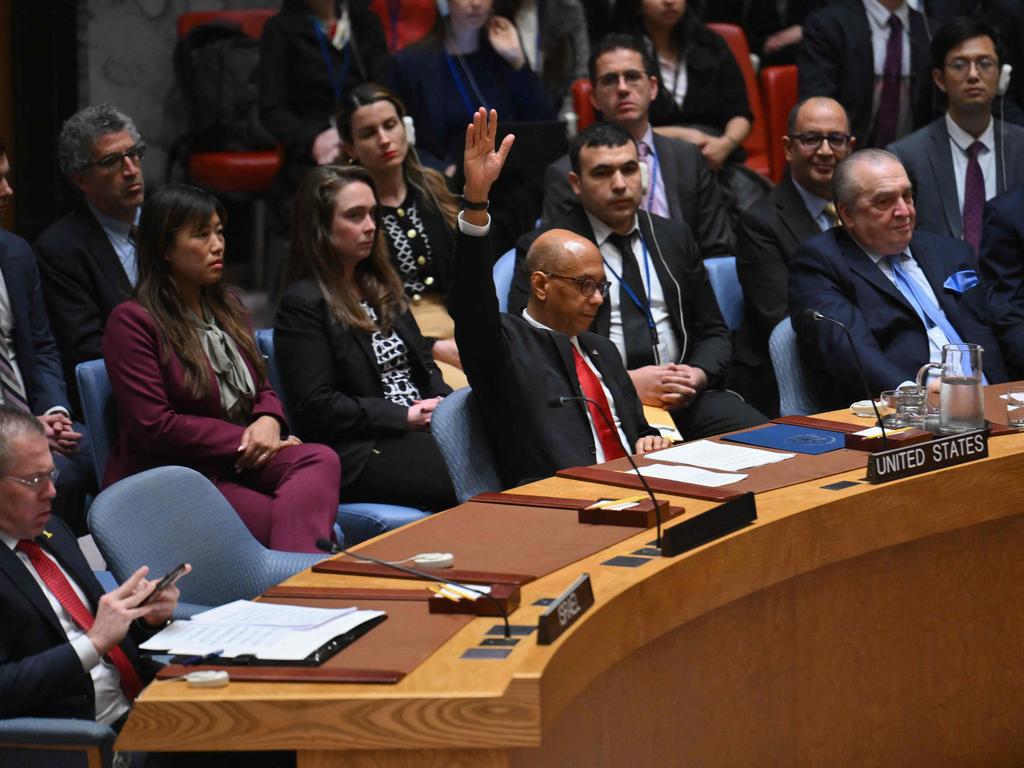Israel and Iran back away from the edge – and into dangerous territory
An escalatory spiral was stopped but the longtime foes remain in conflict, and the rules are no longer clear.

Israel and Iran backed away from the brink. After a small-scale Israeli overnight strike on Iran – a response to Iran’s far broader missile and drone assault on Israel last week – leaders in Tehran signalled it was time to de-escalate.
But while the foes appear intent for now on returning to the shadow war of covert strikes and counterstrikes that has characterised the conflict for years, the past week’s pair of direct attacks on each other’s territory have raised the stakes and increased the risks of miscalculation.
Israel’s limited Israeli strike near the city of Isfahan appeared to provide an off-ramp from the recent cycle of direct conflict. No serious damage was reported, and it was played down by both sides, neither of which are seen as having an interest in going to war.


Israel, which is still deeply entangled in its war against Hamas in Gaza, is also under pressure from the Biden administration to tamp down tensions. Iran, because its less capable air force and air defences would leave it at a disadvantage in a full-scale conventional war with Israel or the US, also has an incentive to defuse the current crisis and return to its previous strategy that centred on asymmetrical warfare.
The stand-down has stopped for now the back-and-forth strikes that the US, Europe and Gulf nations feared could send the region spiralling into war.
Still, the attacks have raised the risk that one side or the other could miscalculate as they feel their way to the new rules of their conflict. The animosity that has driven the two countries to fight a long-running shadow war hasn’t diminished. But it will now play out in a context in which both sides have demonstrated a willingness to come out of the shadows and escalate to direct bombardment, security analysts said.

“We’re in a new stage that is much more dangerous and precarious than we used to be in,” said Brig. Gen. Assaf Orion, who is a senior researcher with Israel’s Institute for National Security Studies, referring to Friday’s attack. “It’s a long game with a lot of moving parts with several frontiers.” Iran and Israel’s exchange of direct fire reflects the new reality in the wider Middle East since Hamas’s Oct. 7 attack on Israel and the resulting Israeli offensive in Gaza, a conflict that has spawned a broader regional confrontation and upended the previously accepted terms of the Israel-Iran proxy war.
In that slow-burning war in recent years, Iran built up a network of allied militias throughout the region that lobbed strikes at Israel, which in turn is suspected of killing nuclear scientists in Iran and launching hundreds of airstrikes on Iranian forces and their militant partners, mainly in Syria.
Israel’s strike near Isfahan, a city with military and nuclear facilities, was intended to signal that it can hit Iran’s most important targets when it chooses, a senior Israeli military official said.
“A very limited attack inside Iran to show that nothing is for sure and that we are rooted deep down inside, even next to your nuclear facilities,” the official said. “Isfahan was not a mistake. It’s a very clear signal.”
The relatively small scale of the attack likely reflected the pressure on the Israeli government from the US to de-escalate the situation. Another option for Israel would have been to launch a larger-scale attack outside Iran on one of its militant allies, for example the Houthi rebels in Yemen, who have disrupted global trade patterns by attacking ships in the Red Sea in recent months.
Within Israel, Prime Minister Benjamin Netanyahu is under pressure from far-right members of his government, and some within the Israeli security establishment, to take more aggressive action against Iran.

For years before the Oct. 7 attack, Israel and Iran kept their conflict in the shadows. Iran’s strategy was predicated on using its militia network including Iraqi and Syrian armed groups, Lebanon’s Hezbollah movement, and Yemen’s Houthis, to attempt to drive the US from the region and put pressure on Israel while keeping itself at arm’s length from the fighting.
The crisis surrounding the Gaza war ultimately pushed the shadow war into an open conflict. Israel launched an increasingly aggressive campaign against Iran’s Islamic Revolutionary Guard Corps in an effort to curb their activities in countries neighbouring Israel. Iran, with its missile and drone attack on Israel, also demonstrated its willingness to engage in direct conflict, despite the great risk to itself in any open war.
During Israel’s intensified campaign, some 18 IRGC members have been killed since Oct. 7. In Lebanon, more than 200 Hezbollah members have been killed since the Gaza war began.
Even if both sides return to a pure shadow war, the risk of further conflict and escalation remains higher than ever, analysts said.
“I think it’s going to be very hard to completely go back, and are the sides clear on what the new rules of the game are?” said Dalia Dassa Kaye, a senior political scientist at UCLA and former director of the Center for Middle East Public Policy at Rand.
“When you’re in that new territory where the rules of the game have changed, there’s a period of testing by each side. Those weeks and months can be a very unstable moment.”
– Summer Said contributed to this article.
WSJ






To join the conversation, please log in. Don't have an account? Register
Join the conversation, you are commenting as Logout